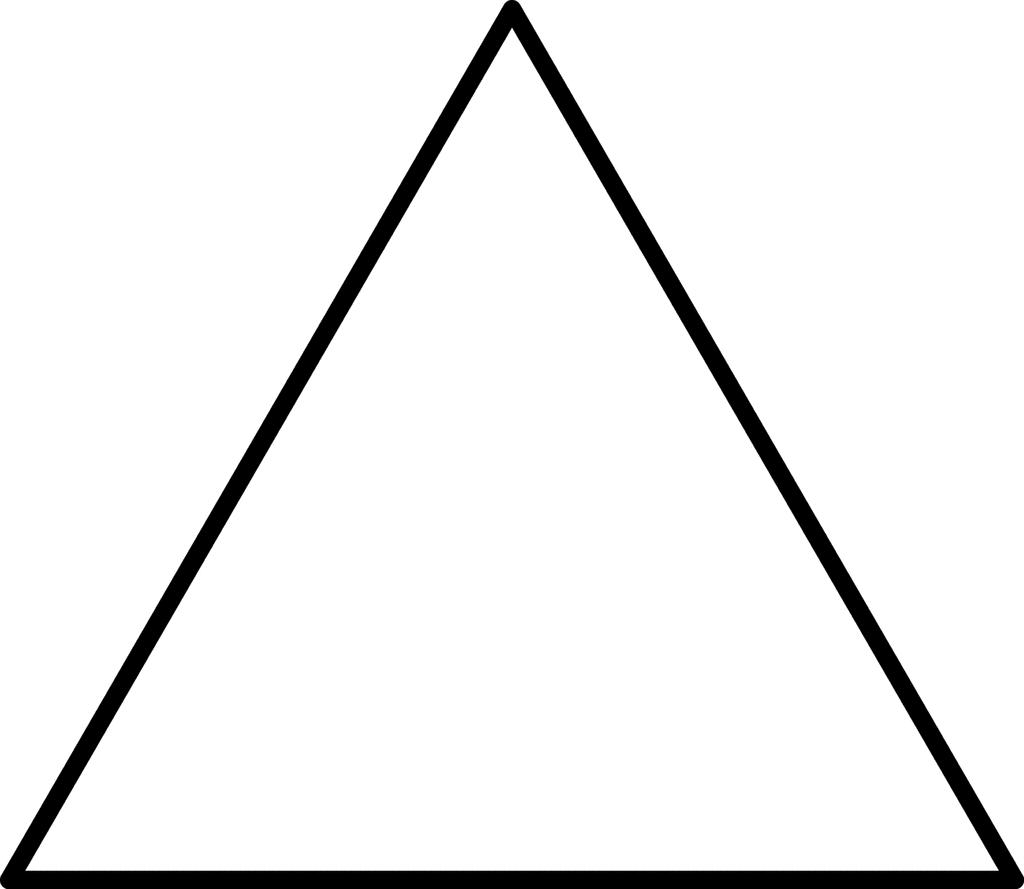Tricky Triangle
 The height of a triangle is 5 more than it's base. The area is 42 square inches. Find the triangle's height. Write your answer as the two possible solutions added together.
The height of a triangle is 5 more than it's base. The area is 42 square inches. Find the triangle's height. Write your answer as the two possible solutions added together.
[This question is not correct.]
The answer is -5.
This section requires Javascript.
You are seeing this because something didn't load right. We suggest you, (a) try
refreshing the page, (b) enabling javascript if it is disabled on your browser and,
finally, (c)
loading the
non-javascript version of this page
. We're sorry about the hassle.
3 solutions
The answer is the sum of the roots of the quadratic equation 1/2(h)*(h-5) = 42
Expanding, we get h^2 - 5*h - 84 = 0 which on solving gives h = 12 or h = -7
If by conventional geometry we assume that a base cannot be a negative number, then the answer should have been 12, else it should have been 12 - 7 which is 5. Why is it - 5 ?
excuse me,, the equation goes this way.. A=bh/2 if b=x then h=x+5.. thus, the working equation is 42=(x(x+5))/2 in solving the quadratic equation by taking its roots.. there are two possible answers..these are -12 and 7..we should disregard -12 since it is a negative no., in these case our base now is equal to 7 and our height is equal to 12 since h=x+5!!!!!!!!!!!!!!!!!!! so the final answer is 12..
exactly, so the se3cond solution is not a "possible" one as said in the question
How can be the sum of length and height of a triangle? When length of base is 7, height will be 12.
Actually, the question is not right even if I consider the negative solutions as allowable, because the correct answer of ( − 5 ) is not sum of the solutions of height but the sum of solutions to length of base!! I think the question needs to be rephrased properly.
There is ONLY ONE POSSIBLE solution and it is 12. Negative dimension is, in the first place, NOT POSSIBLE!
yeah..it's true..the correct answer should always be positive because we're talking about dimension..that's why i wonder when my answer was not accepted
grrrrrrrrrrrrr..the answer is 12..do we still need to go on to the details?? gosssh
stupid arguments..how can we learn if these will be the conversation??move on!!
Sorry that the problem was a bit unclear. 7 is one of the solutions, but -12 is also one. So if you add them together, you get -5.
Log in to reply
I figured that, but I had to sit and stare at your problem as worded before I finally decided that you were in fact "accepting" negative dimensions. Just to let you know, this is very unconventional, although technically "not incorrect". Conventional geometry is just not done in this way, using negative dimensions.
7 , ( − 1 2 ) are the solutions of length of base!! But, you asked for the sum of solutions of height not base. So, even if I consider the negative solutions allowable, even then the correct answer provided by you is not right!! The problem wording is not right and should be corrected as necessary!! So, I think that you should rephrase the question properly!!
This is the most stupid answer anyone ever gave ! -5 for triangle's height.
We can write an equation x ( x + 5 ) = 8 4 ⟹ x 2 + 5 x − 8 4 = 0 . By Vieta's Formula, the sum of the roots must be the negative coefficient of the x term. Thus, their sum is − 5 .
If you want to take sum of roots of a quadratic eq. then just keep coeff. of x^0=0.
You know, in conventional geometry, the height or base of a triangle is supposed to be always positive. I don't know if I agree with your "correct" answer of -5. The obvious answer should have been 7.
I mean, the base should be 7, the height is 12. Sorry about this oversight.
However, the idea of having a "geometry" that has lengths, areas, angles over complex numbers, not just positive reals, is an interesting idea, and not necessarily an invalid one.